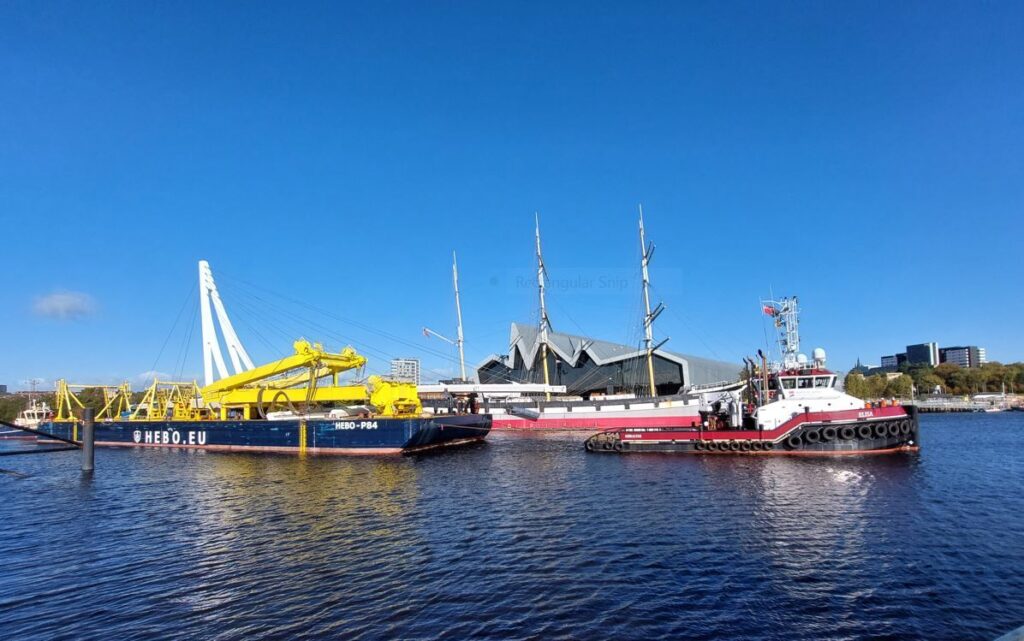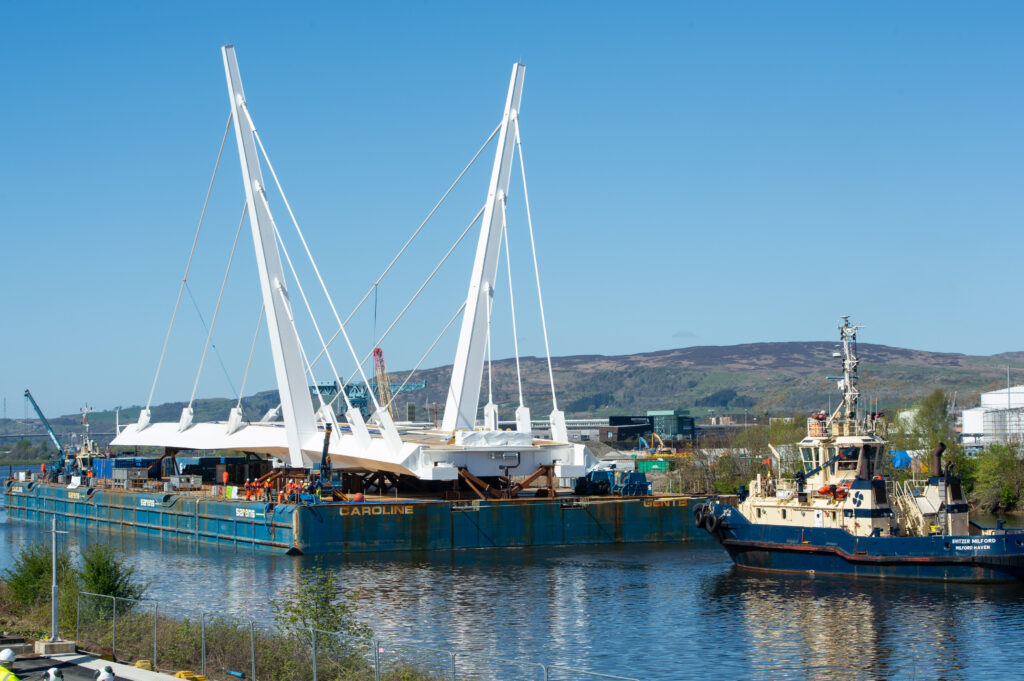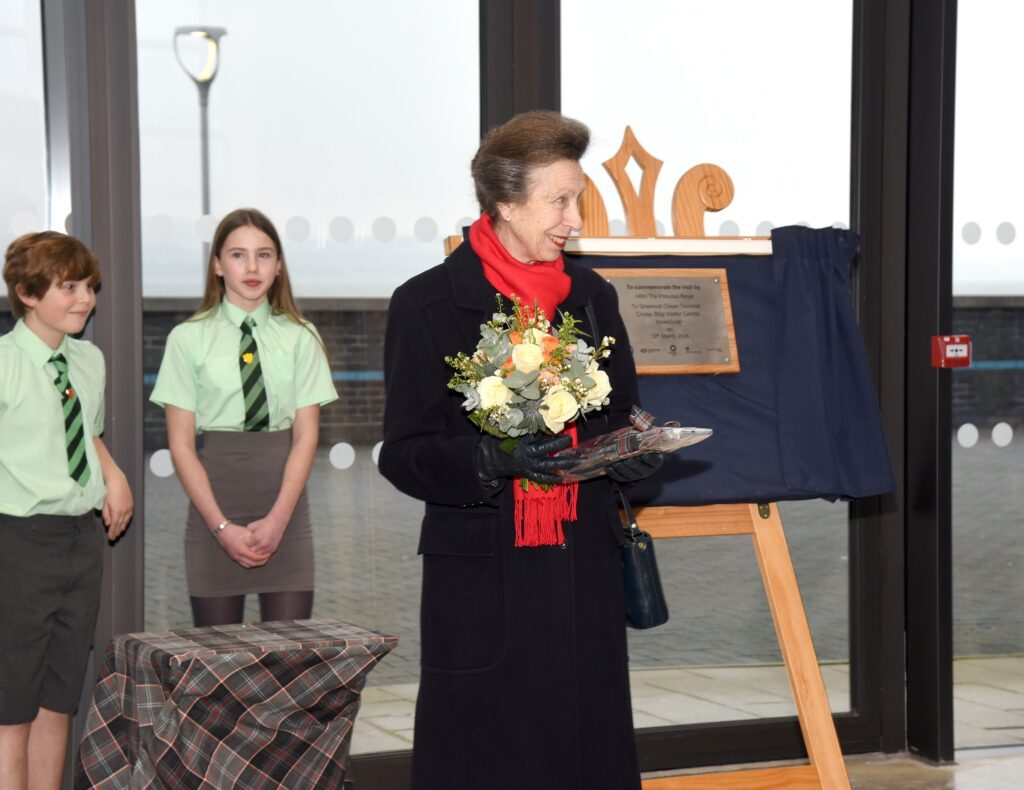May 2024 Director’s Blog: Glasgow City Region’s City Deal progress and the next tranche of investment

Unbelievably, we are a few months away from the ten-year anniversary in August of the City Deal being signed by the UK and Scottish Governments, the first Deal in Scotland and still one of the largest and most advanced in the UK.
As we move towards the conclusion of our Deal, we are thinking about what is next in terms of future substantial tranches of funding for Regional economic regeneration, to support skills, new jobs and activities to boost the local area and ensure we remain on a competitive footing with our comparator UK and Scottish cities and Regions.
In last month’s blog I talked about the community and business benefits generated so far from our City Deal, including over £150 million worth of City Deal contracts won by local business and 330 employment opportunities for local people and young people, such as apprenticeships and new entrant positions.
We are proud of these achievements. And it is worth saying that we actively undertake work to make sure that this happens, so that local people and businesses are able to maximise the benefit of the substantial government investment in our Region.
The £1.13 billion Deal is delivering 21 high-profile infrastructure projects, made up of around 100 sub-projects. These are changing the physical landscape of our eight council areas and include new roads, bridges and cycle routes to improve connectivity and access to work, as well as extensive remediation works to make way for commercial and residential developments in key locations.
As a Region, we continue to deliver at pace, and even in the past few months, City Deal projects have been visible on the ground.
Late last year the main span for the Govan – Partick opening swing bridge arrived from Belgium, after being sailed up the Clyde to the site next to the Riverside Museum.

The bridge is significant economically, environmentally and socially through the link it will create between communities, visitor attractions and institutions of national economic importance and is also a central part of the active travel route between the University of Glasgow’s campus at Gilmorehill and the Queen Elizabeth University Hospital which form the key corridor for the Glasgow Riverside Innovation District.
Following construction of the bridge, it is expected that there will be 23% increase in jobs that are accessible within a 20-minute walk of Govan Cross and an 87% increase in the number of jobs within a 10-minute cycle of Govan Cross.
Similarly, in April the first section of the first road bridge over the Clyde arrived in Renfrewshire after traveling for seven days on a barge across the English Channel and the Irish Sea from Netherlands.

Part of Renfrewshire Council’s £117 million Clyde Waterfront and Renfrew Riverside project, the new bridge will connect Renfrew with Yoker and Clydebank and open-up work, health, education and leisure opportunities on both sides of the Clyde.
The opportunities that the new bridge, and its new connecting roads and active travel routes, will offer communities and businesses are exponential and the project as a whole will provide a substantial boost to the economy and attract more jobs to the area – in addition to more than 950 already created during the construction phase.
It will also see improved access for businesses and suppliers to Scotland’s home of manufacturing innovation AMIDS, which is being developed by the Council in collaboration with Scottish Government and Scottish Enterprise.
The bridge is due to be completed ahead of schedule and be fully operational for pedestrians, cyclists and motorists in Autumn 2024.
In March the Princess Royal visited Greenock Ocean Terminal in Inverclyde six months after it was officially opened and met groups and businesses involved in the new terminal building, including council staff who led on delivering the project, staff from the port’s operator Peel Ports Clydeport, volunteers with Inverclyde Tourist Group, members of the board of the George Wyllie Trust and staff from Scotts Greenock restaurant.

The Wyllieum, a new space within Ocean Terminal dedicated to the work and legacy of one of Scotland’s most beloved and well-known artists, George Wyllie, formally opened the following month, the first new purpose-built museum and gallery to open in Scotland since 2018.
Building on the foundations of our City Deal partnership, we continue to secure further pots of investment for the Region across a number of government-funded programmes, including the recent 5G Innovation Regions and Clyde Mission initiatives.
The City Deal investment has underpinned all three of the Region’s Innovation Districts, through remediation and enabling works to free up land in key sites, and by improving connectivity to and across the districts.
Our Innovation economy is already booming and will be critical to the Region’s future prosperity and growth, and to ensuring we have the jobs of the future for our young people. But we need to keep up with and compete with comparable areas across the UK.
Building on the UK Government funded Innovation Accelerator programme, we have a Regional Innovation Strategy and are currently shaping up work to deliver on the action plan.
To ensure our Innovation economy continues to accelerate and to allow us to provide the structures and support to the current and emerging organisations within it, we will require further substantial investment.
We have seen the recent Trailblazer Deals in Manchester and West Midlands which have provided substantial funding pots and additional powers, to allow long-term local planning, decision making and spend.
While we recognise our strengths and successes and welcome the confidence of government in the funding provided so far to the Region, it is vital that we are not left behind, and that we continue to maintain the upward momentum. Discussions will continue with both the UK and Scottish Governments to secure the further substantial investment and powers we need.